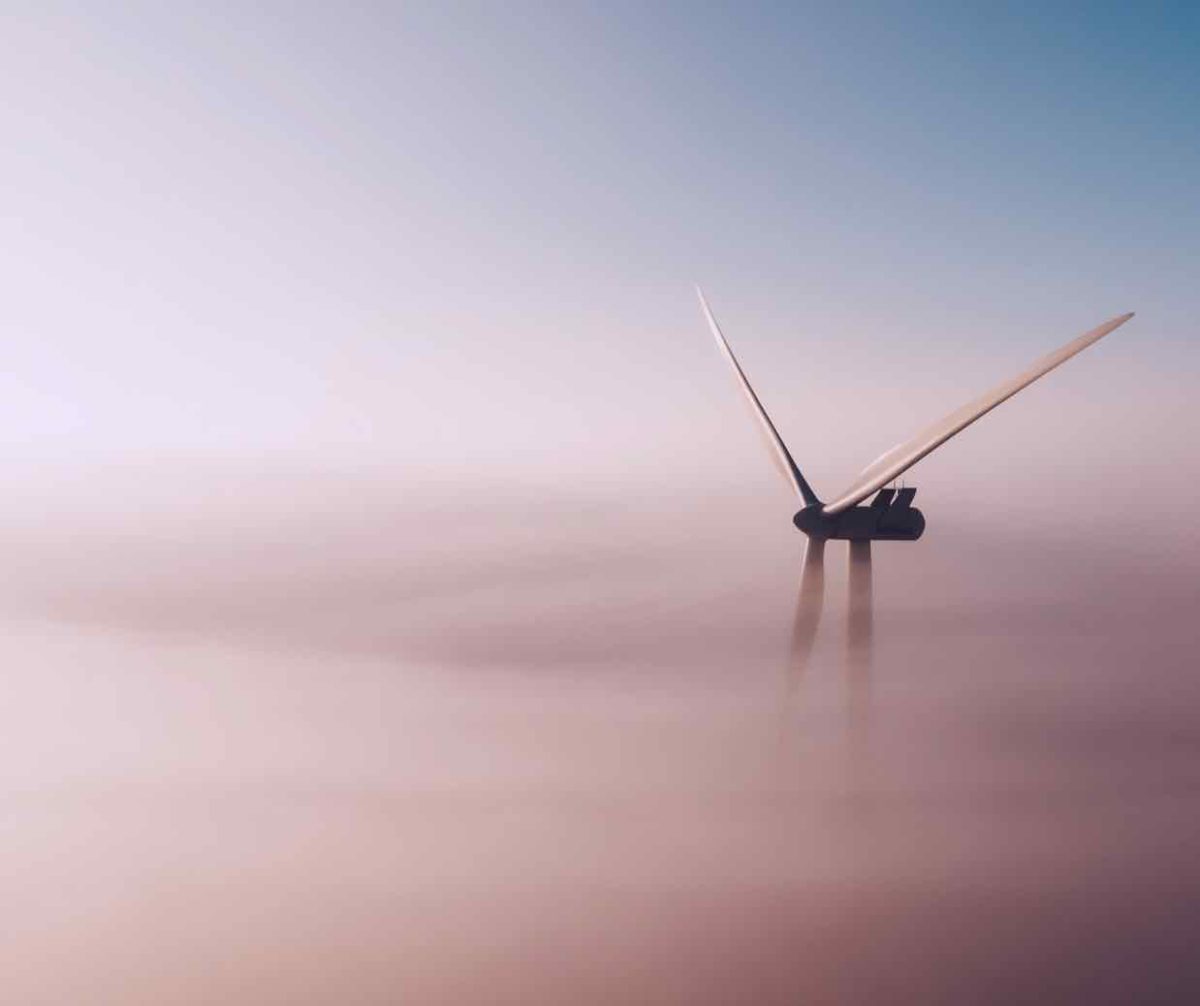Australia’s offshore wind industry is poised to make a critical contribution to Australia’s decarbonisation and get the country over the finish line of a 100% renewable energy system.
Offshore wind will be crucial to revitalising industrial regions like Gippsland, which was officially declared as the country’s first offshore wind zone in December.
Victoria is leading the charge with its incredibly ambitious offshore wind targets, and has committed to a public stake in the sector through a revived State Electricity Commission. In NSW, consultation is about to begin on an offshore wind zone for the Hunter near Newcastle, with Wollongong expected to follow.
Governments see the huge opportunity for jobs, investment and emissions reduction in offshore wind. But there are still big gaps in national offshore wind planning that need to be urgently addressed by the Albanese government.
The biggest piece of the puzzle missing from Australia’s offshore wind policy is the need for a dedicated Marine Spatial Planning (MSP) framework that delivers best practise for protecting marine ecosystems while delivering on social and economic goals.
As legal expert and Climate Councillor Dr Madeline Taylor has argued in The Conversation, the best way to advance offshore wind in a way that is ecologically sensitive is through Marine Spatial Planning.
First we need to look to countries that have hosted offshore wind for decades and addressed competing uses of the sea.
In 2014, the European Union (EU) issued a directive requiring all 22 coastal EU member states to produce a Marine Spatial Planning framework by 2021. This has enabled the delivery of over 28 gigawatts of offshore wind in a way that balances the protection of marine ecosystems. That’s the equivalent of about half of the total electricity generation capacity installed on Australia’s eastern seaboard.
Marine Spatial Planning is a way to coherently manage competing uses, titles and sectors in the seas and oceans. This approach invites diverse members of the community to negotiate how we use the sea and plan industries like offshore wind. It aims to reduce the risk of conflict and make sure communities have a genuine seat at the table in shaping their own futures.
Since 2018, Victoria has been leading the way in state waters with the Victorian Marine and Coastal Act. However, the vast majority of large-scale offshore wind will be deployed in Commonwealth Waters, beginning three nautical miles from the coastline.
One of the first steps in Marine Spatial Planning is a comprehensive baseline study of marine ecosystems so we have a clear picture of what’s happening in the environment and how it’s being used.
At the industry level, offshore wind trailblazer the Star of the South is showing what best practice environmental monitoring looks like.
Through more than two years of ecological surveying in partnership with Curtin, Deakin and Monash universities, it is creating a rich picture of the marine ecology, fish, birds, marine mammals, currents and waves of South Gippsland. Now, it can design the project in an ecologically holistic way using this data.
This is the kind of approach that is needed at the national scale as more offshore wind projects are proposed. While all offshore wind projects will be assessed under the Environment Protection Biodiversity Act, this only considers impacts of individual projects, rather than looking at potential cumulative impacts or the marine environment as a whole.
Without a clear picture of the marine environment, it will be difficult to make public decisions about how to allocate marine space among different uses, such as designating offshore wind zones, enabling fishing access while bolstering marine conservation. Marine Spatial Planning is a useful way to coherently make these practical decisions.
To succeed Marine Spatial Planning needs coordination and leadership from the federal government to equitably plan the offshore wind sector. This is a task that cannot be left to the private sector alone.
The ageing Yallourn coal fired power station will close by 2028, and construction on the $8 billion Star of the South offshore wind farm is expected to begin by 2025. It is likely to be the first of several in Victoria and in that time, NSW will likely begin its own plans for offshore wind. That gives Australia as little as two years to put marine spatial planning in place before any ribbons are cut or hard hats donned.
We need to learn from the mistakes of other jurisdictions that have been late to the game on Marine Spatial Planning, such as Ireland which is only now emerging from more than a lost decade of action on offshore wind.
Australia has already had a lost decade on climate, it doesn’t need another on offshore wind because of a failure to plan.
Given the amount of time and capital it takes to build these multi-billion dollar offshore wind projects, the stakes are high. It is crucial the federal government gets Marine Spatial Planning right from the beginning.
Pat Simons is Yes 2 Renewables community coordinator at Friends of the Earth










